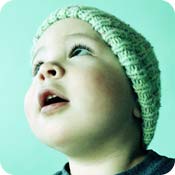 New over-the-counter cough and cold medicine labels will now say "do not use" in children younger than four. The voluntary change by drug manufacturers comes in response to research and recommendations by the U.S. Food and Drug Administration, which earlier this year discouraged the use of cough and cold medicine in children younger than two.
New over-the-counter cough and cold medicine labels will now say "do not use" in children younger than four. The voluntary change by drug manufacturers comes in response to research and recommendations by the U.S. Food and Drug Administration, which earlier this year discouraged the use of cough and cold medicine in children younger than two. The Consumer Health Products Association said that human error was the reason for the label change, not the efficacy or safety of the medicines. "Research shows that dosing errors and accidental ingestions-not the safety of the ingredients themselves when properly dosed-are the leading causes of rare adverse events in young children," the CHPA said in a news release. Adult cold and cough medicines are not affected by the decision, nor are prescription medications for children. The labels will be transitioned through the beginning of next year. Though medicines currently on store shelves might bear labels that recommend giving the product to small children, the consumer group and the FDA don't recommend doing so. According to the CHPA, leading manufacturers will also include dosing devices with new products to prevent overmedication of children. BabyFit Tip: Contact your child's pediatrician or another health care professional regarding the use of any medication. Try home remedies such as honey and lemon for sore throats and dry coughs and saline solution and a bulb syringe for congestion--after discussing them with your health-care provider. (Note: Do not give honey to children younger than 1 year.) Running a humidifier during cold, dry months can also help children and ease congestion. In addition, the FDA offers these recommendations when giving cough or cold medicine to children ages 4 and older:
Tanya Jolliffe, a BabyFit nutritionist, reviewed this article. Chat with new and experienced mothers about this topic and others. Join the Parenting 101 MommyTeam! |
No Cold or Cough Medicine for Kids Under 4
Parenting News Flash
Page 1 of 1
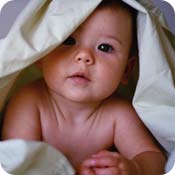
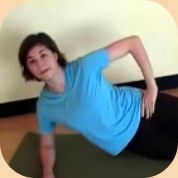
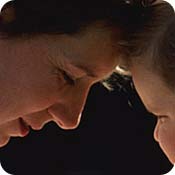
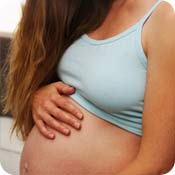
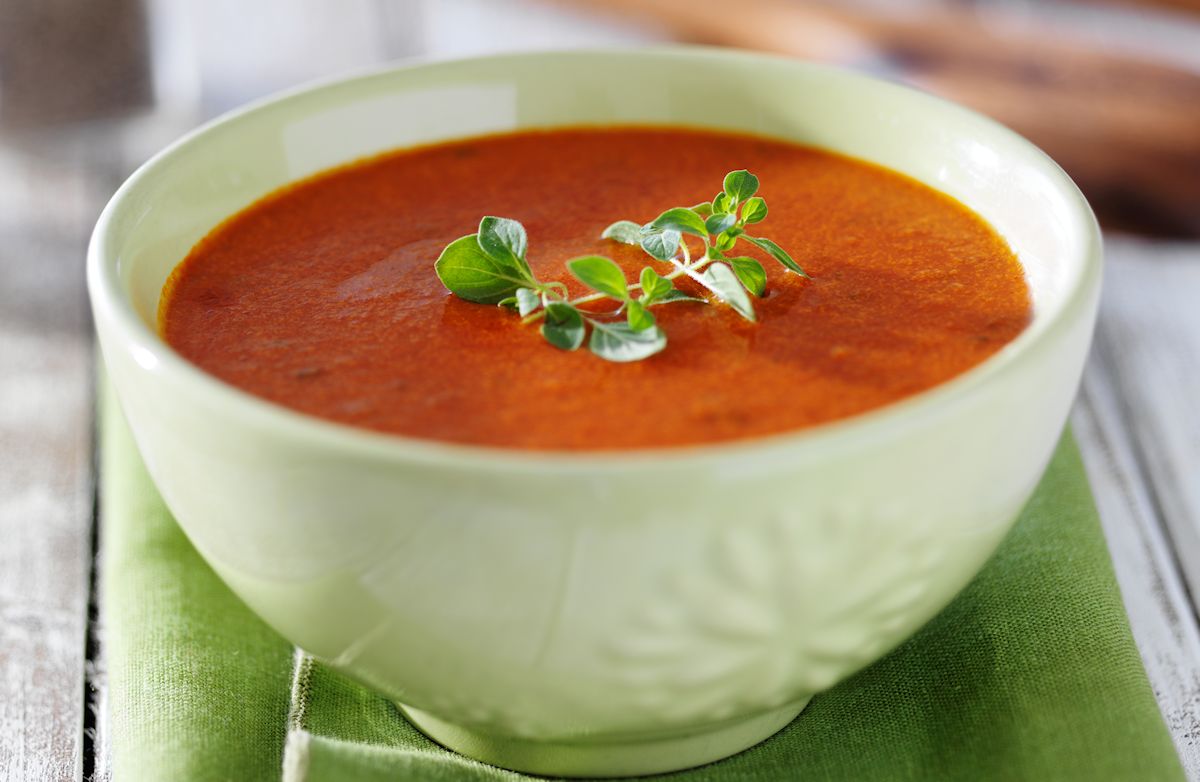

Member Comments